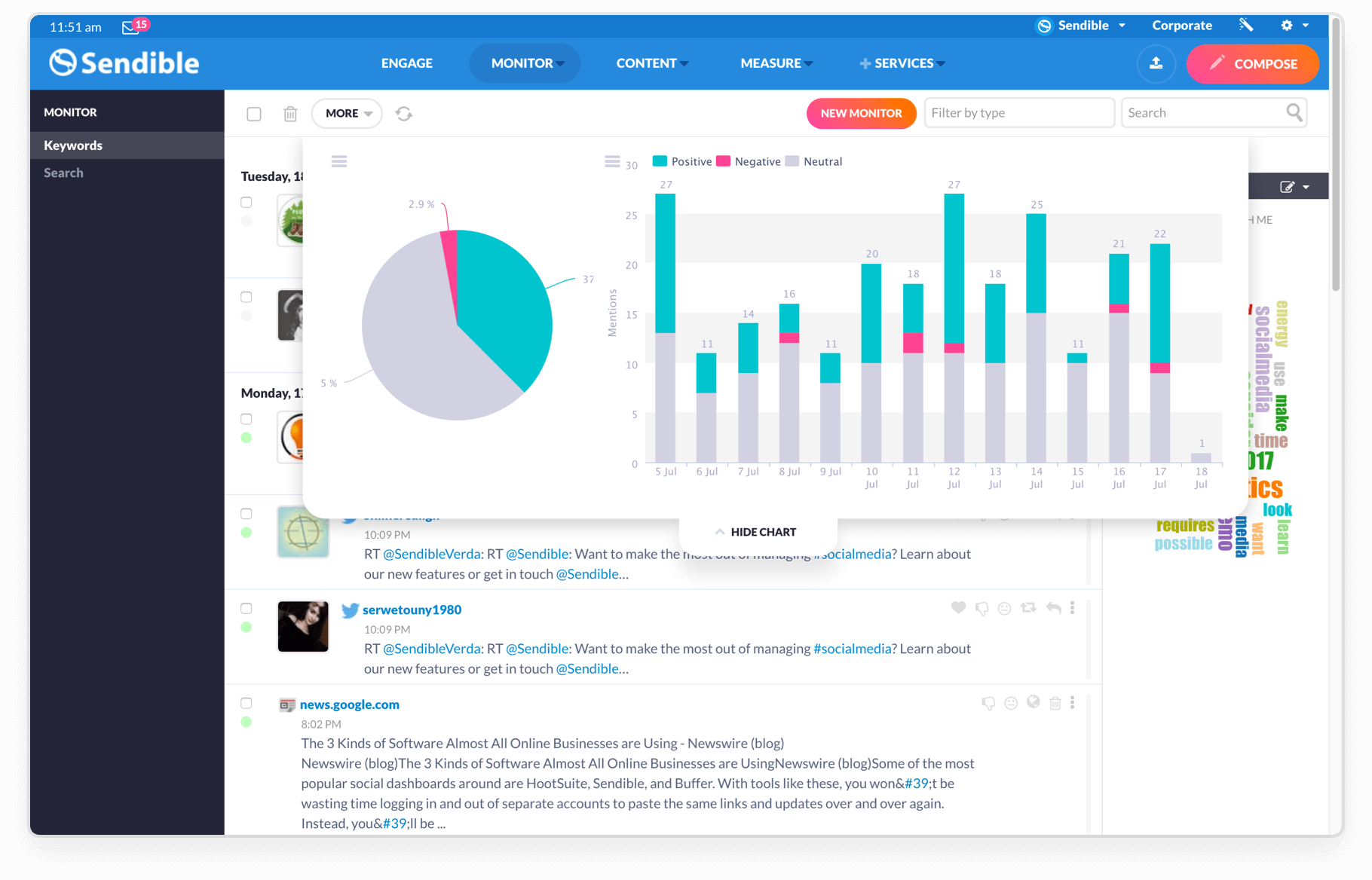
There are many steps you can take in order to make your social networking copy more engaging. These include using a conversational tone, active voice over passive voice, powerful visuals and optimizing the post length and format. After reading these steps, you should be able to craft social media copy that gets results for your brand. However, there is still one crucial element that you cannot afford to forget: the audience. Once you have understood the audience, you should write in a way that they are receptive to your content.
Conversational tone
In order to stand out in a crowd, it is easy to use a conversational tone when writing social media copy. After all, conversational writing is much more personal than the more formal, technical approach used in corporate copywriting. Instead of bragging about how amazing Zoom is, make it easy to explain its technical details in a way that feels natural. Here are some examples below of social media copy that is conversational.

Using active voice over passive voice
When writing copy for social media, active voice should be preferred to passive voice. Passive writing uses the word "it" to describe a subject, but active voice includes the subject in the action. This makes the copy more appealing to readers. These are some suggestions for writing active voice copy. Make your social media copy lively and engaging by using active voice. Here are a few examples.
Adding powerful visuals
Social media copy can be enhanced with powerful visuals if it is made from templates. Try varying the content and graphic elements to see what works best. You can also post images of airplanes and destination shots on Instagram. Don't be afraid to overdo it. You don't want the post to appear amateurish and compromise its quality.
Optimizing post length and format
For maximum engagement, optimize post length and format when you write social media copy. Every social platform has its own character limits. The ideal length for a blog post varies from one platform to the next. It is best to keep your posts between 140-280 characters. Avoid using too many hashtags. This will reduce engagement. Make sure your content is being read by your audience.
Use hashtags
Use hashtags in your social media content can increase engagement and convert customers into customers. You can use a variety hashtags to group content related to a topic. You need to select hashtags that relate to your brand and business. Generally speaking, two or three hashtags is plenty to get the attention of searchers. To complement your copy, it is important to include engaging imagery.

Use @mentions
Using @mentions in social media copy can help you gain more attention to your content. These tags show up in a special notification section of your social media copy, separate from your regular notifications. This will make your content stand out in the feed. @mentions comes with some limitations. If you want to tag other accounts, you must mention their page or account in the original post. These steps will help you get started.
FAQ
What are the benefits from content marketing
Through the creation of high-quality content, Content Marketing helps to drive sales and leads. Content marketing provides an ongoing stream of original, fresh content that can be used for promotion of products and services. Content marketing is a great way to increase brand awareness and trust among potential customers. Content marketing can also create a positive image of your company.
What is the difference between content marketing and traditional advertising?
Traditional advertising focuses on getting attention, while content marketing focuses on providing value. Because most people don't pay attention to traditional advertising, it is often a waste. Content marketing will result in much higher engagement rates.
Is Content Marketing Strategy right?
If you already know the message you are trying to convey, then a Content Marketing Strategy may be right for you.
These are just a few questions that you can ask yourself to help get you started.
Does my business need to communicate something specific? Is it better to communicate with a broad audience?
Do I want to focus on generating leads or converting visitors into buyers?
Am I trying to promote one product or multiple products?
Do I want to reach people outside my industry?
If you answered "yes", to any one of these questions, then a content marketing strategy is just what you want.
Statistics
- According to the Content Marketing Institute, 70% of B2B marketers and 86% of B2C marketers surveyed use content marketing in some form or other. (criteo.com)
- An example of an overarching goal could be: "In 2022, we want to achieve a 20% increase in revenue created by organic content and generate 15,000 MQLs with a budget of $30,000." (semrush.com)
- Measure your goals with a progress indicator of 0-100%. Make your goals collaborative and transparent (semrush.com)
- According to research compiled by Coschedule: Companies that publish 16+ blog posts a month get as much as 3.5x as much traffic as those that publish 0-4 posts a month. (criteo.com)
- Out of the 1,500 marketers we surveyed for our State of Content Marketing report, 78% who felt their content marketing strategy was exceptionally effective in 2021 had documented their strategy. (semrush.com)
- Progress indicators (0–100%) allow each team member to see how attainable each goal is and understand what remains to be accomplished. (semrush.com)
- Seventy-two percent business to business (B2B) (mailchimp.com)
- We found that 40% of businesses don't have a documented strategy yet. (semrush.com)
External Links
How To
How do you develop a content marketing strategy?
It is important to first understand the content that you wish to create for your clients. Once you have this information, you can start creating content. This might mean creating an editorial calendar or planning where the content will be coming from. Content should always be purposeful. It doesn’t matter if you are writing blog posts, social updates, or any other content, they all have to accomplish a single goal.
Once you have determined the content you want and who you are targeting, you need to know who they are. Which market are they most interested in and why?
Next comes the task of identifying your target audience and finding ways to communicate. Although social media platforms can be a great way of connecting with people, there are many other options, including videos, podcasts, webinars and webinars.
After you have determined how you will communicate to your market, the next step in your content creation process is to choose what topics and types of information you want. This is how you will determine the reason for writing the content. What problem does it solve? Is it useful? Does it make their lives more easy?
Now that you know the content type you write, it is time to decide what to say. Do you want to share information about your industry? On current events? Are you focused on specific products and services This is your focus.
Finally, after you've answered the questions, it is now time to combine everything in one package.
You want to ensure that every piece of content you create serves its purpose. You don’t want to waste anybody’s time or energy. So make sure that you include quality in every aspect of your content.
A great content marketing strategy is not complete without many moving parts.